Main properties of magnesium oxide refractory
Jun 22, 2022
Performance characteristics of magnesia refractories and other basic refractories
Performance characteristics of magnesia refractories and other basic refractories Refractories containing more than 80% to 95% of magnesia (MgO) are magnesia refractories (mainly magnesia bricks).
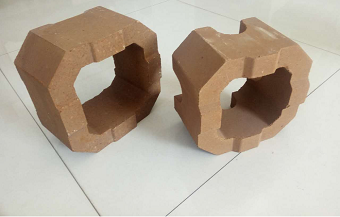
Main properties of magnesia bricks
1. Refractoriness Because the melting point of periclase (MgO) crystals is very high, up to 2800, the refractoriness of magnesia bricks is the highest among general refractory bricks, usually above 2000.
2. High-temperature structural strength The high-temperature strength of magnesia bricks is not good, and the softening temperature under load is between 1500 and 1550, which is more than 500 lower than the refractoriness. Magnesia brick is an alkaline refractory material, which has strong resistance to alkaline slags such as CaO and FeO, so it is usually used as a masonry material for alkaline smelting furnaces, but it has poor resistance to acid slag. Magnesia bricks cannot be in contact with acid refractory materials, they will react chemically with each other and be corroded when the temperature is above 1500. Therefore, magnesia bricks cannot be mixed with silica bricks.
3. Thermal stability The thermal stability of magnesia brick is very poor, and it can only withstand water cooling 2 to 8 times, which is its great disadvantage.
4. Volume stability The thermal expansion coefficient of magnesia bricks is large, and the linear expansion coefficient between 20 and 1500 is 14.3106. Therefore, enough expansion joints should be left in the process of laying bricks.
5. Thermal conductivity The thermal conductivity of magnesia bricks is several times that of clay bricks. Therefore, the outer layer of the furnace built with magnesia bricks should generally have a sufficient thermal insulation layer to reduce heat dissipation loss.
Relevant information
-
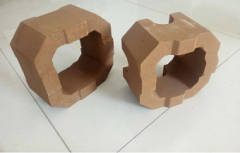
Main properties of magnesium oxide refractory
Performance characteristics of magnesia refractories and other basic refractories Performance characteristics of magnesia refractories and other basic refractories Refractories containing more than 80% ... -
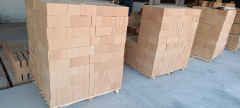
What properties of lightweight insulation fire clay bricks can be improved by the addition of kyanite?
Lightweight insulation fire clay bricks are a kind of shaped refractory material with clay as the main raw material, which is processed, shaped, dried, and calcined with clay. on the kiln. Due to the r ... -
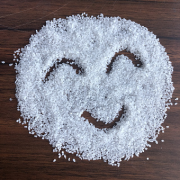
How is the effect of white fused alumina abrasive used in refractory materials?
After mixing, forming, drying, and firing at high temperature in a shuttle kiln. The product has the characteristics of high refractoriness, good thermal shock stability of white corundum, high high te ... -
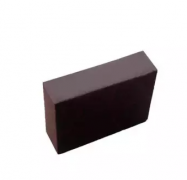
Characteristics of refractory magnesia chrome bricks for lime kiln
Lime kilns are mainly classified into square kilns and circular kilns. According to the classification of fired products, they can be divided into lime kilns, ceramic kilns, cement kilns, glass kilns, ...

